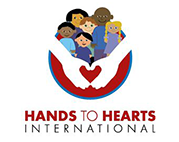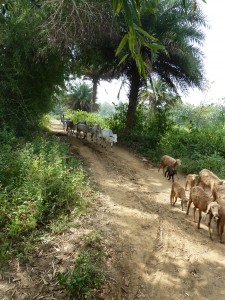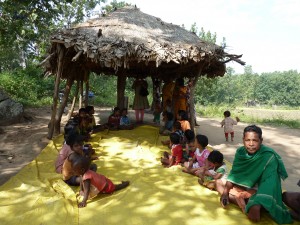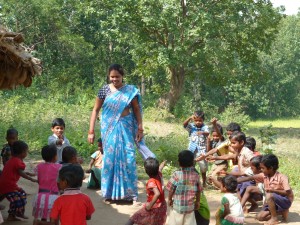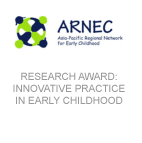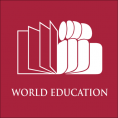Because of you, HHI reached the full potential of our matching grant from The Greenbaum Foundation! WOW! And thank you so, so much! We are honored by your commitment, encouraged by your faith, humbled by your generosity for our work in the world.
To The Greenbaum Foundation – Thank you! Your generous matching grant, your early belief in a scrappy non-profit, your years of committed support in time, expertise, connections, and advocacy have ensured HHI’s dream of “nurturing children and empowering women” (and so much more) has come to life for more than 186,000 moms/dads, health workers, orphanage staff and vulnerable babies. There is no way we can ever adequately express our appreciation in words… thank you.
And, to our incredible community of donors – your donations are creating a more nurturing, healthy, safe and supportive world for those same 186,000+ people. Your individual gifts of funding, your volunteered time and talents, your enthusiasm, kindness and on-going commitments to HHI are inspiring! So many of you wrote us personal notes and cards with your contributions, which we proudly display and read again and again to remind us of our shared visions for the world and gratitude for each other.
The ancient Greeks had six different words for “love”. My personal favorite and one that best explains HHI’s mission is this:
4. Agape, or love for everyone
“The fourth love, and perhaps the most radical, was agape or selfless love. This was a love that you extended to all people, whether family members or distant strangers. Agape was later translated into Latin as caritas, which is the origin of our word “charity.”
C.S. Lewis referred to it as “gift love,” the highest form of Christian love. But it also appears in other religious traditions, such as the idea of mettā or “universal loving kindness” in Theravāda Buddhism.” (full story)
I have read numerous articles recently of “growing evidence that agape is in a dangerous decline in many countries. Empathy levels in the U.S. have declined sharply over the past 40 years, with the steepest fall occurring in the past decade.” I am not sure what to make of this, because of you, our community, we swim in agape everyday. I witness your capacity to not only care about others, but to actively work to better the lives of others you will never meet. Again, “thank you” seems to fall far short in expressing our appreciation.
Our Gratitude to:
The Greenbaum Foundation
……………………………………
So Hum Foundation
David Pyle & Sarah Newhall
Hayden Hamilton
Sara B. Cooper
Don & Roberta Peterson
Melissa Bloom
gDiapers
Covenant Presbyterian Church
Gary & Patricia Arrington
Tom & Janet O’Reilly
Dennis & Deborah Engers
Gun Denhart
The Easton Koehler Family Fund
Schwab Charitable Trust, Anonymous
Oregon Community Fund
………………………………………
Kristin Oberholtzer l George C. Apatachioae l Kirk & Anne Peterson l Eli & Madeleine Lamb Family Foundation l Marie & Matthew Ballance l Vivekanand Tiwari l Daniel Sheil l Dick & Patricia Streeter l Mark Hashizume l Wendy Kelly l Leslie & Ethan Meekwohl l Imke Oster l Antonietta Pagliuca l The Shimpi Family l Jenny Donohue l Christopher Elgin l Inez Merida l Joshua & Kellie Peirce l Jim & Karen Nolan l Barbara Gord l Alan & Margery Braverman l Carley Phillips l Amy Kasznel l James & Virginia Foreman l Mortimer & Elizabeth Bauer l Joyce & Rex Cassel l Ruth Nelson l Gail & Wayne Taylor l Joan Bove l Charles & Diana Ladner l Matt Heim l Lloyd & Lee Perry l Allyn & Ann Plambeck l Stacy Sempier l Gina Umble l Ariadne Decker l Julie Livingston & Jon Manning l Tanya Kramer l Molly Fonner l Sally Scholz & Thomas Morris l Mike Hamilton l Barbara & John Woodcock l Kunal Mehra l Lisa Lucas l Khari Gates l Laura Peterson l Susan Crandlemire l Donna Vogt l Hollie & Eric Allen l Carl Knudson l Robert & Paula Hamilton l Rob & Mary Kweit l Jessica O’Connell l Lynette Aytch l Elizabeth Tillman l Barry & Lois Wiggins l Tom & Charlotte Matthews l Kimberly Sordyl l Kevin C. Traynor, Sr. Family Foundation l Marina Simoes l Betty McDonald l Schoening l Carley Phillips l Paul & Ruth DeLomba l Carole & Thomas Campbell l Carol Timmreck l Frank Lofgren l Tammy Zinsmeister l Joseph & Lorrain Hackenbracht l John & Kathryn Wiley l Andrew Stifler l Therese Morrissey l Christa Sprinkle l George & Erica Bach l Marjorie Crosby l Estela Bernal l Christy Collado l Andrea Brook l Martine van den Berg l Liz Jenks l Dave Riveness l Michael Smolens l David Goodall l Patricia McGarr l Barb & Ted Widmayer l April Harris l Karen Vrilakas l Ivan Farber l Christine Chaille l Debra Slover l Cheryl Sallee l Kay Koplovitz l Ciel Sander l Levi Query l Alissa Keny-Guyer l Aaron Jenkins l Shauna Mohr l Judith Scheid l Carole Magnusson l Kyle Stevens
